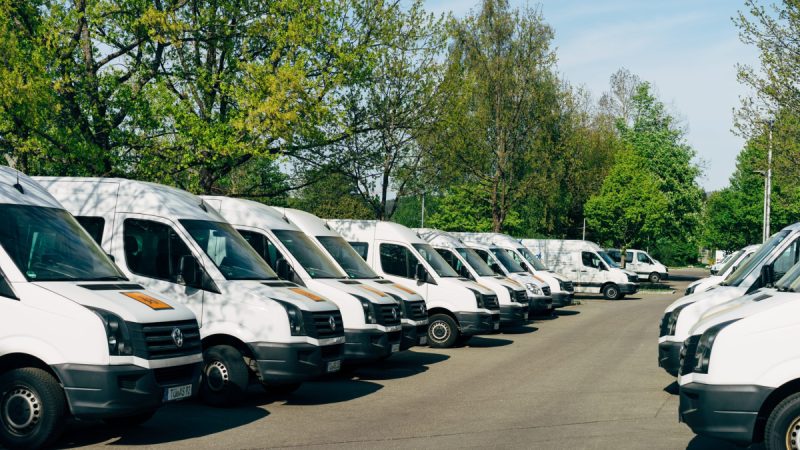Why Your Company’s Low Productivity and High-tech Solutions to Use

When we talk about productivity, we usually center our focus on the employees’ well-being. Indeed, employees tend to work less efficiently when they’re stressed, overworked, and burnout. And no company can achieve productivity without them, the backbone of their business. As such, employers must value their employees’ well-being and ensure that they’re only taking on what they can handle.
But aside from employees, a workplace’s machinery and equipment are also an integral factor in productivity. Without those, employees cannot do their jobs properly and quickly. But why do some companies still suffer low productivity despite their complete set of machinery and equipment?
Below, we’d identify the potential reasons businesses fall short on productivity and the high-tech solutions they can use.
Top Causes of Low Productivity
1. Employees Are Trained Poorly
You can invest in all the sophisticated equipment and machines you need, but if your employees don’t know how to operate them, your investment will be pointless. Employees need to meet the standards necessary to accomplish important project milestones. For example, if you run a factory and require your employees to produce 500 units of a particular item every day, they need to be trained to achieve their quota. Their training should cover the correct usage of your factory machines. If your training program doesn’t go deep into that area, then that’s the reason your employees cannot perform up to your standards.
Employees who haven’t been properly trained will also need constant supervision as they work. As such, your managers are spending more time guiding people instead of dealing with their other, more important tasks. The problem grows even bigger if one employee is particularly slow or prone to making mistakes. They cause an inconvenience to their team, their manager, and the whole company if their outputs often don’t pass quality control, for example.
2. Ineffective Management and Supervision Style
Regardless of how your organizational chart is designed, your company needs effective leadership that motivates employees to meet their goals. Managers must ensure that their team is meeting the company’s expectations. If an employee is performing poorly, their manager should communicate with them to know what the company can do for their performance to improve.
Micromanaging is another common reason for low productivity. When this happens, employees become hesitant to make even the most basic decisions, fearing their manager’s or supervisor’s disapproval. Though it’s generally a standard to assign decision-making tasks to managers, the staff should also feel free to make changes they deem appropriate if that would speed up their work progress. They should be allowed to point out inconsistencies or bottlenecks in a system.
3. Fatigue
Lastly, and probably the most common cause of low productivity, is fatigue. This is either because you use too little machinery and equipment or too much of them. If you don’t automate enough tasks, you might be spending millions of dollars on labor, only to have overworked and fatigued employees. On the other hand, if you use many machines, consider if you can have a single, centralized unit that can facilitate all automation of tasks instead. Having too many machines working at the same time may also exhaust those machines, causing downtime and creating expenses on repair or replacements.
High-tech Solutions to Low Productivity

1. Robots and AI Machines
Robots and AI machines tend to attract controversy since they replace many human jobs. As such, they contribute to low employment rates. But while they really do make a lot of human involvement unnecessary, they’ve also created new jobs, particularly in the tech industry.
These days, though, especially during the onset of COVID-19, robots and AI received praises. They took on many basic human jobs, allowing work to be done without risking the spread of the virus. Robots were able to operate elevators, perform some cleaning, and assist higher-level managers. If your workplace has to have a skeletal workforce to mitigate the risks of spreading COVID-19, you can check out robotic and AI solutions and see if they’ll work for you.
2. Smart Automation
If you’re operating a factory, consider integrating a highly-developed smart factory technology in your workplace. It also involves robots and AI but is specifically designed for factory operations. The system streamlines all production processes and supply chains and self-optimizes predictive maintenance. As a result, you no longer have to wait for a machine to break down before having it fixed; the system will already alert you if a problem may come. Therefore, you can perform early repairs and avoid downtime.
Technology may have become smarter than humans to the point that they’re intimidating, but they allow businesses to innovate and flourish. Hence, don’t resist technology; embrace it and take the opportunities it offers. It won’t just increase your productivity, but your profits as well. But more importantly, they’ll lift a burden off your fatigued employees’ shoulders.




